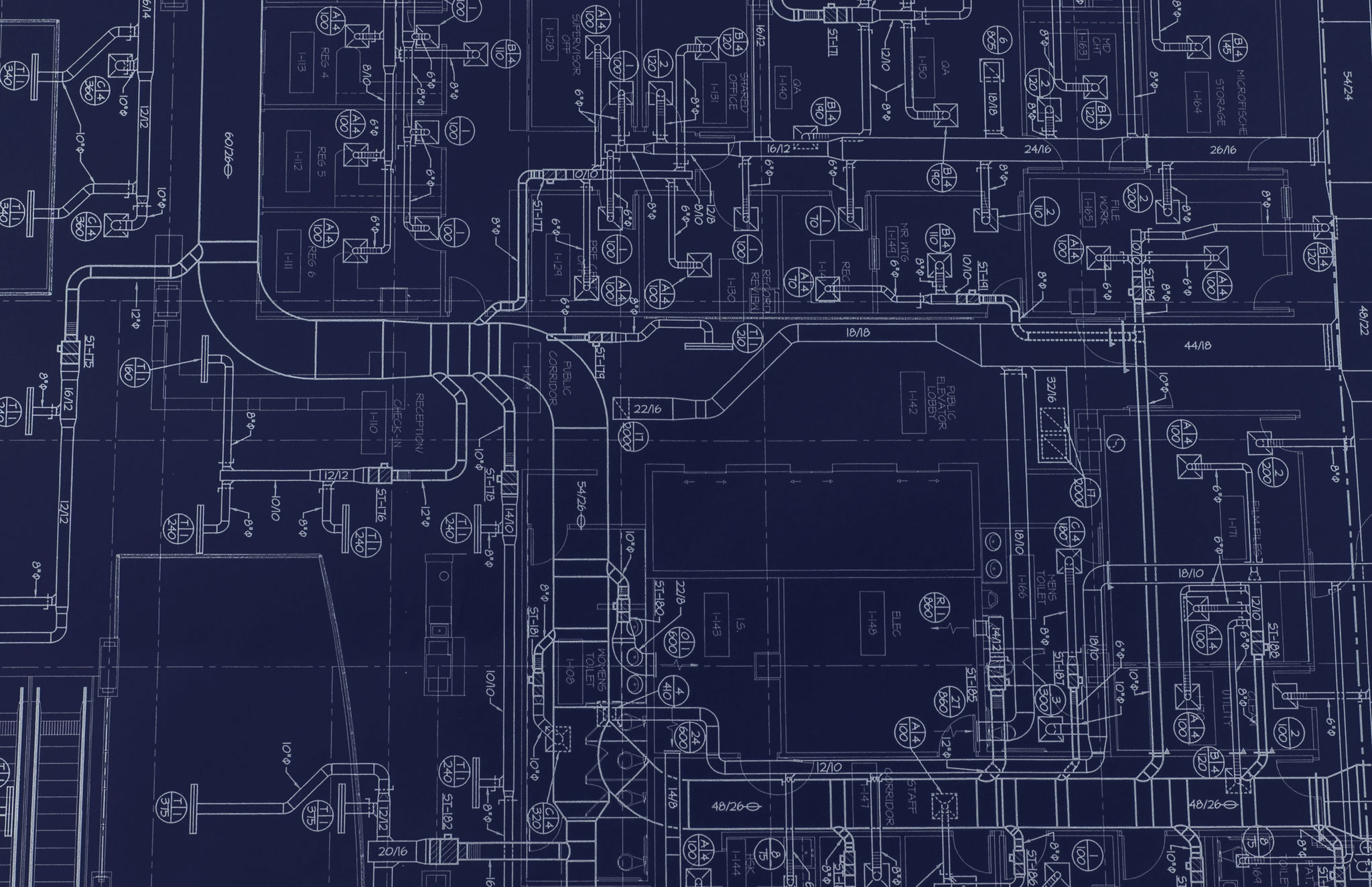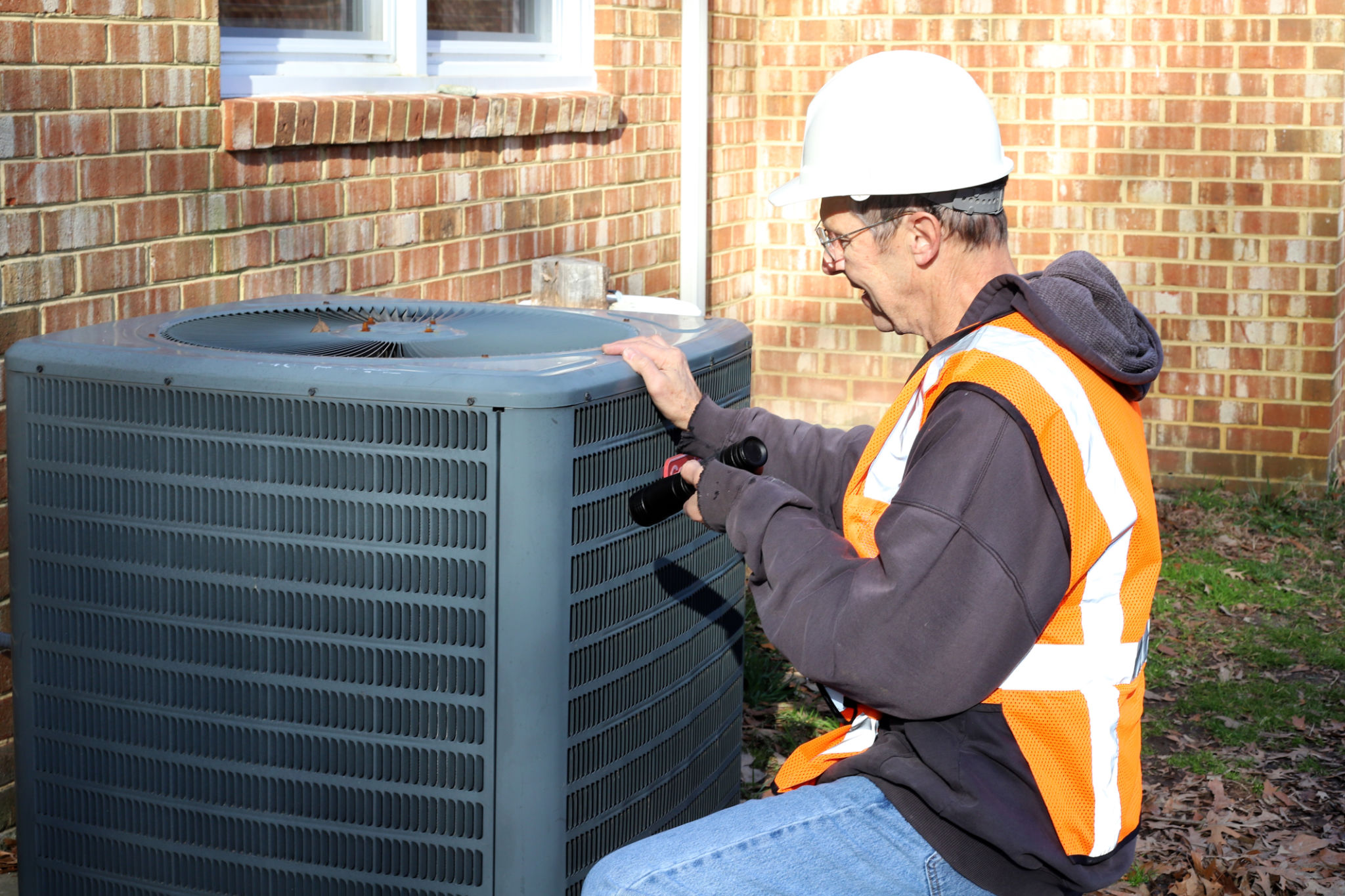The Ultimate Guide to HVAC Wiring: What Central Okanagan Residents Need to Know
Understanding the Basics of HVAC Wiring
Whether you're building a new home or upgrading an existing system, understanding the basics of HVAC wiring is crucial for any Central Okanagan resident. The wiring in your HVAC system is responsible for connecting various components, ensuring they work harmoniously to provide comfort and efficiency. Proper understanding can help in troubleshooting minor issues and communicating effectively with professionals.
HVAC wiring involves a network of wires and connectors that link the thermostat, furnace, air conditioner, and other components. It's important to remember that HVAC systems use both high and low voltage circuits, requiring different handling approaches.

Key Components of HVAC Wiring
Several key components make up the HVAC wiring system. The thermostat is the control hub that signals the HVAC system to heat or cool your home. The furnace or air handler is connected to the thermostat and powers the HVAC system. The condenser unit outside your home is also part of the wiring network.
Each component has specific wiring requirements, often indicated by color-coded wires. For example, red wires usually indicate power (24V), while white wires are commonly used for heating. Understanding these color codes can help in identifying and resolving any issues.

Safety First: Handling HVAC Wiring
Safety should always be a top priority when dealing with HVAC wiring. Before performing any inspections or repairs, ensure that the power to the HVAC system is completely turned off. This can prevent electrical shock or damage to the system components.
It's also advisable to wear protective gear such as gloves and safety goggles. If you're not confident in handling electrical components, it's best to consult a professional HVAC technician who can safely diagnose and address any issues.
Common HVAC Wiring Problems
Central Okanagan residents may encounter several common wiring issues with their HVAC systems. These include loose connections, short circuits, and corroded wires. Such problems can lead to system inefficiencies or complete failure if not addressed promptly.

Routine maintenance checks can help identify these problems early. During these checks, look for signs of wear and tear on wires, connectors, and other components. Addressing these issues promptly can save you time and money in the long run.
When to Call a Professional
While some minor wiring issues can be resolved independently, there are times when calling a professional is essential. If you notice persistent problems despite troubleshooting efforts, it's time to seek expert assistance. Professionals have the necessary tools and expertise to diagnose and resolve complex problems efficiently.
Additionally, if you're planning significant upgrades or modifications to your HVAC system, professional assistance ensures that all wiring complies with local codes and safety standards.
Conclusion: Ensuring Efficient Operation
Understanding HVAC wiring is valuable for ensuring your system operates efficiently and safely. By familiarizing yourself with the basics and knowing when to call a professional, you can maintain a comfortable home environment year-round.
Regular maintenance and prompt attention to wiring issues will extend the lifespan of your HVAC system, providing peace of mind and comfort for Central Okanagan residents.
